Table Of Content
- What is Matter IoT
- Market for Matter IoT: Navigating Opportunities and Challenges
- Benefits for Consumers and Homeowners
- Matter Ecosystem
- Matter IoT: Expanding into New Product Categories
- Matter IoT Impacts on Consumer Electronics (CE)
- Krasamo and Matter IoT Development
In the domain of smart home technology, Matter IoT emerges as a groundbreaking innovation set to redefine the landscape. This new standard represents a collaborative effort by tech giants such as Amazon, Google, Apple, and Samsung to address the long-standing challenge of device compatibility and ecosystem fragmentation in the smart home market.
Matter aims to revolutionize the industry by establishing a universal language for smart devices, ensuring seamless communication and interaction across different brands and platforms. This standardization not only simplifies the user experience but also opens the door to unprecedented growth in the market.
Historically, the smart home sector has struggled with underperformance, largely due to the complexities and incompatibilities of various devices. Consumers often needed help navigating a maze of fragmented systems and technologies.
The introduction of Matter, under the supervision of the Connectivity Standards Alliance (CSA), marks a significant shift towards a more unified and user-friendly smart home ecosystem.
With the backing of major consumer electronics brands and the CSA, Matter is poised to build a more accessible, secure, and interoperable smart home environment. This initiative garners additional trust through the Matter certification and the U.S. Cyber Trust Mark, assuring consumers of credibility and reliability.
The support from significant platforms and the commitment of top industry players to Matter not only boosts consumer confidence but also simplifies the way for innovative and interoperable products. As consumers increasingly trust and rely on these platforms, adding Matter-certified devices becomes a convenient and appealing proposition, heralding a new era of smart home technology.
What is Matter IoT
In the domain of smart home technology, interoperability has been a persistent challenge. Most smart homes today use a mix of incompatible products, protocols, and networks such as Ethernet, Wi-Fi, Thread, Zigbee, and Z-Wave, leading to complex setups that require multiple smartphone apps and unique user IDs and passwords.
Matter IoT is an initiative that aims to overcome these challenges by standardizing three key aspects of smart home technology:
- Internet Protocol (IP) Device Networks: Matter strives to make communication uniform over widely used IP-bearing networks, ensuring that devices can easily connect and communicate over common internet infrastructure.
- Common Language for Home Automation: It establishes a standard “language” for all Matter-enabled devices, enabling seamless interaction regardless of the manufacturer or network used.
- Simple, Consistent Methods for Secure Device Setup: Matter simplifies adding new devices to a home network, making it more user-friendly and secure.
By addressing these areas, Matter IoT is poised to revolutionize how smart homes are set up and managed, promising users a more integrated and hassle-free experience.
Market for Matter IoT: Navigating Opportunities and Challenges
Integrating the Matter standard into the IoT ecosystem marks a crucial shift, offering significant opportunities and notable challenges for manufacturers in the consumer electronics and smart home markets. This new landscape promises to reshape traditional business models and market strategies.
Opportunities for Market Expansion
Matter’s introduction is expected to increase the adoption of smart home products, potentially creating a larger market for manufacturers.
By making it easier for products to interoperate across various platforms, Matter simplifies the development process, enabling manufacturers to reach a wider customer base with compatible devices.
This environment presents an opportunity for smaller and emerging brands to launch IoT products without extensive and costly infrastructure, allowing them to compete effectively with established players.
Matter provides the flexibility to create different user requirements. Brands can create differentiation by building flexible and delightful user experiences (UX).
Matter Smart Home apps such as Google Home, Apple Home, and Amazon Alexa compete to become a hub and provide services to the Matter ecosystem.
Challenges and Strategic Considerations
However, with these opportunities come several strategic challenges that manufacturers must navigate:
- Recurring Revenue Models: Adopting the Matter standard, emphasizing interoperability and open standards, could limit manufacturers’ ability to generate recurring revenue through subscription services or exclusive features within their ecosystems.
- Maintenance and Support Costs: Committing to the Matter IoT standards involves sustained investments in software development and customer support over the product’s lifecycle. Unlike a one-time sale, these ongoing costs can be significant as the product base grows.
- Market Competition and Differentiation: With Matter standardizing certain aspects of smart home devices, manufacturers may find it challenging to differentiate their products. This could lead to increased competition based on price, impacting profit margins.
- Development Costs for Compliance: Adapting existing products to comply with Matter’s standards or developing new Matter-compliant products involves R&D costs. This initial investment is a concern, particularly for smaller manufacturers.
- Consumer Expectations: As interoperability becomes the norm, consumers expect longer product lifecycles and more robust support, potentially increasing long-term costs for manufacturers.
Shifting Business Models
To address these challenges, manufacturers may need to explore innovative business models. For example, focusing on value-added services, leveraging IoT data analytics for consumer insights, or developing new IoT applications within the Matter ecosystem can create additional revenue streams.
While adopting Matter IoT brings advantages like wider market access and improved consumer satisfaction, it also presents financial and strategic challenges, particularly around sustaining revenue and covering ongoing maintenance costs. Manufacturers must carefully consider these aspects and potentially innovate their business and revenue models to thrive in a Matter-standardized IoT market.
A “wait and see” approach potentially risks the loss of early mover advantages in this transforming smart home market.
Benefits for Consumers and Homeowners
For consumers, the shift towards Matter-certified products promises a significant enhancement in the smart home experience:
- Ease of Use: Matter-enabled devices promise straightforward installation and user-friendly interfaces. This ease of use greatly improves the overall user experience in the smart home environment.
- Compatibility and Confidence: The Matter logo on devices is a seal of assurance, guaranteeing compatibility across the expanding universe of Matter-enabled devices and ecosystems. This interoperability fosters a sense of confidence and reliability among users, knowing their devices can seamlessly communicate and work together.
As the market for Matter IoT evolves, consumers stand to benefit from a more cohesive, user-friendly, and versatile smart home ecosystem. The standardization brought about by Matter is poised to usher in a new era of simplicity and convenience in smart home operations, focusing on greater compatibility and innovative automation possibilities.
Matter Ecosystem
The Matter ecosystem is a new phenomenon arising from the end of the market with user-friendly applications. A unified protocol facilitates seamless interaction across various smart home devices and platforms.
At its core, Matter enables devices from different manufacturers to communicate and work together efficiently, breaking down the previously existing barriers due to incompatible systems.
Key Features of the Matter Ecosystem:
- Unified Protocol: Matter allows the use of a single protocol across multiple platforms, enabling diverse devices to be controlled under one system.
- Interoperability: A hallmark of Matter is its ability to let multiple ecosystems work together. This means a single shared device can be controlled by different platforms, enhancing the user experience and broadening the scope of device usage.
- Control Flexibility: Devices within the Matter ecosystem can be controlled by various Matter-enabled ecosystems, such as Google Home, Amazon Alexa, and Apple Home. Users can set up and manage these devices with either a single controller or multiple controllers, catering to different needs and levels of complexity.
- Platform Compatibility: Matter is compatible with iOS and Android devices, allowing users to add and administer smart home devices conveniently. This compatibility ensures a wide range of features available in any Matter-certified ecosystem. The following apps can be used for setting up automation and routines.
- Apple Home app (iOS)
- Google Home app (Android / iOS)
- Amazon Alexa app (Android / iOS)
- Home Assistant
- Samsung SmartThings app (Android / iOS)
- Market Evolution: The introduction of Matter catalyzes new market segments, competitors, and partnerships. It serves as an engine for product development, opening avenues for innovation and new capabilities in the smart home and IoT sectors.
The Matter ecosystem is more than just a protocol; it’s a transformative approach to how smart devices interact and function, offering a more integrated, user-friendly, and versatile smart home experience. As Matter continues to evolve, it promises to reshape the consumer electronics landscape, fostering development and operation within an ever-expanding interconnected ecosystem.
Matter IoT: Expanding into New Product Categories
Introducing smart features into traditional home products — such as appliances, curtains, vacuums, sensors, fans, and air conditioners — is transforming the market. These enhancements are designed to give customers greater value and a significantly improved user experience.
The recently launched second Matter Specification plays a pivotal role in this transformation by enabling a broader range of devices to connect and interact within the smart home ecosystem.
Furthermore, an essential aspect of the Matter ecosystem is its compatibility with legacy devices. Matter devices using other protocols or older devices can be integrated into the Matter ecosystem using bridges, allowing for a seamless blend of new and existing technologies in the home. This integration underscores Matter’s inclusive and expansive nature, ensuring consumers can transition to smarter homes without replacing all their existing devices.
Learn how Matter 1.2 facilitates a more interconnected and efficient smart home environment.
- Air Quality Sensors
- Room Air Conditioners
- Laundry Washers
- Refrigerators / Freezers
- Dishwashers
- Robotic Vacuums
- Smoke & Carbon Monoxide Alarms
- Air Purifiers
- Fans
- Light bulbs and light switches (including smart buttons)
- Plugs and outlets
- Locks
- Thermostats and other HVAC controllers
- Room air conditioners
- Blinds and shades
- Televisions and media devices
- Safety and security sensors
- Bridges
Matter IoT Impacts on Consumer Electronics (CE)
The integration of Matter IoT is set to bring transformative changes to the consumer electronics industry, particularly in how devices interact and how the market operates. These impacts include:
- Facilitating Interoperability: One of the most significant advantages of Matter is its ability to enable products from different manufacturers to connect and communicate seamlessly over networks like Ethernet, Wi-Fi, and Thread. This enhances the user experience by offering greater flexibility and choice and encourages innovation, as compatibility concerns do not restrict manufacturers.
- Reducing Market Fragmentation: Historically, the smart home market has been plagued by incompatible products, creating a fragmented market landscape that needs to be clearer for consumers and easier for manufacturers. Matter addresses this issue head-on, paving the way for a more unified market. This unification is anticipated to boost consumer adoption rates as the ease of integrating and operating smart home devices becomes a key selling point.
- Efficiency and Cost Reduction: By standardizing device communication protocols, Matter significantly reduces the development costs and time for new products. This standardization streamlines the manufacturing process and opens up opportunities for increased innovation. Manufacturers can focus more on unique features and advancements than on ensuring basic compatibility. Additionally, economies of scale become more achievable as products adhere to a common standard, potentially leading to more affordable consumer prices.
Matter IoT is ready to reshape the Consumer Electronics landscape, with implications that extend from the manufacturing process to the end-user experience. Its focus on interoperability, market unification, and efficiency presents new opportunities for growth and innovation within the smart home market.
Krasamo and Matter IoT Development
Krasamo has established itself as a leader in IoT development, boasting over 12 years of experience in the field. Our dedicated teams have been at the forefront of integrating and developing products compatible with the Matter protocol, offering comprehensive support to OEMs (Original Equipment Manufacturers) in navigating the evolving landscape of smart home connectivity.
Krasamo supports its clients with Matter Smart Home Development initiatives and supports with the following:
- Matter Adoption and Support: We provide specialized guidance and support to OEMs across various market categories, assisting them in adopting Matter for their product lines. Our expertise ensures a smooth transition and integration of Matter standards in new and existing products.
- Device and Controller Support: Krasamo’s teams are proficient in developing and integrating IoT devices and controllers compliant with Matter.
- Building and Certifying Matter Devices: We work closely with OEMs to design, build, and certify devices under the Matter framework. Our involvement encompasses the entire process from concept to certification, ensuring products meet the stringent standards set by Matter.
- Integration with IoT Systems and Partners: Our approach involves the development of standalone products and their integration within broader IoT systems. We facilitate collaboration and integration with various partners to create a cohesive and efficient ecosystem.
- Developing Products under Matter Specification: Krasamo is adept at leveraging the latest Matter specifications and IoT skills to develop new or convert existing products. We focus on targeting emerging capabilities and requirements, ensuring that OEMs are at the cutting edge of smart home technology.
- Competitive Environment and Digital Strategy: Examine the strategic implications of adopting Matter and provide actionable recommendations to future clients. Gain insights about the smart home connectivity market and identify key capabilities, requirements, and integration strategies with platform providers. Some topics for discussion:
- Analysis of Revenue Models: One-time versus recurring revenue streams (value propositions).
- Opportunities for Smaller Players: Explore the opportunities for smaller players in the smart home market and their impact on established brands.
- Impact on Markets and Established Brands: Assess how the adoption of Matter affects the overall market and the positioning of established brands.
- Predicting Consumer Changes in Smart Home: Analyze and forecast changes in consumer behavior and preferences in the smart home ecosystem.
- Vendor Strategies: Maintain brand presence and avoid commoditization.
- Transforming the smart home market: Research Innovation problems, market structure, industry transition, speed of competitors, and consequences of ignoring the arrival of Matter.
- Focus on Appliance and Consumer IoT Devices: Our expertise extends to specialized sectors such as appliance and consumer IoT devices, offering OEMs a comprehensive suite of services tailored to these unique product categories.
Krasamo is uniquely positioned to empower OEMs to harness the potential of Matter IoT. Our extensive experience, coupled with a deep understanding of the Matter protocol and the IoT landscape, positions us as a valuable partner for OEMs looking to innovate and excel in the smart home market. Discover how our specialized IoT development services, from device integration to custom application development, can elevate your products in the smart home arena. Contact us for a discovery call to explore our offerings and how we can tailor solutions to build your unique use case.
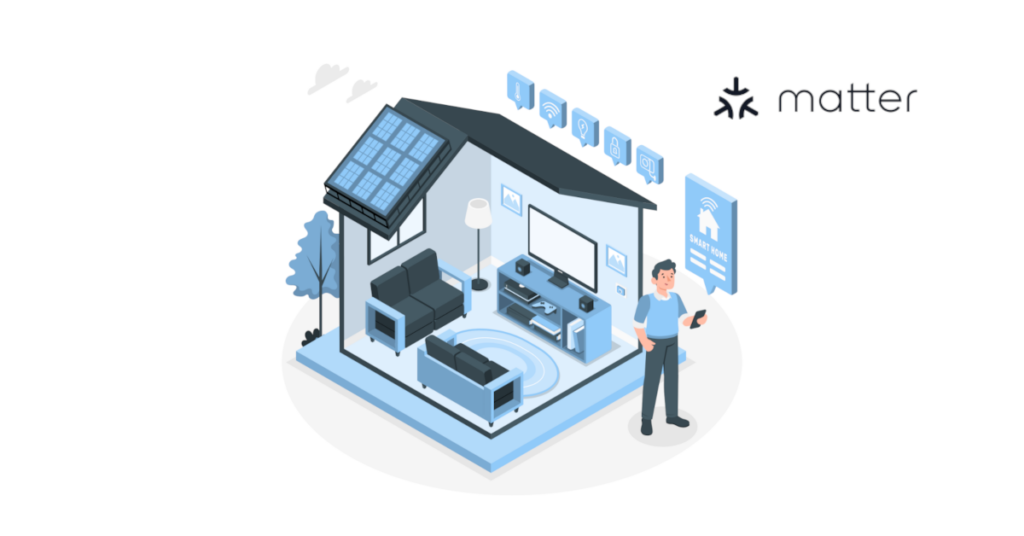





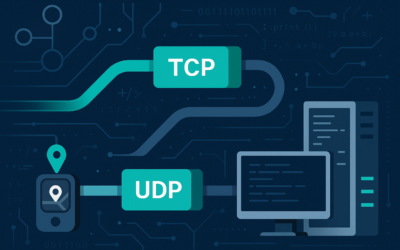
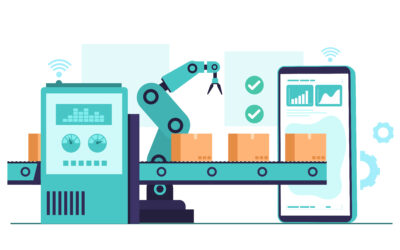

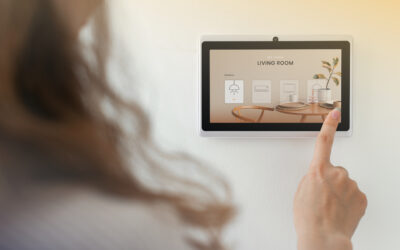
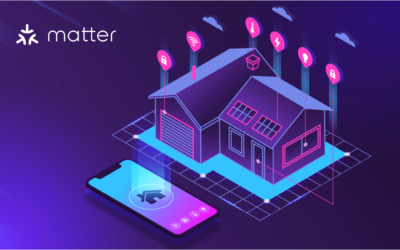
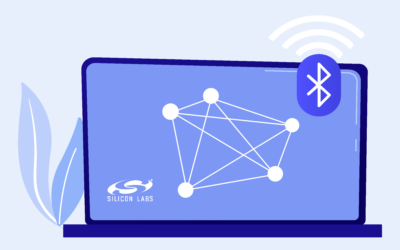
0 Comments